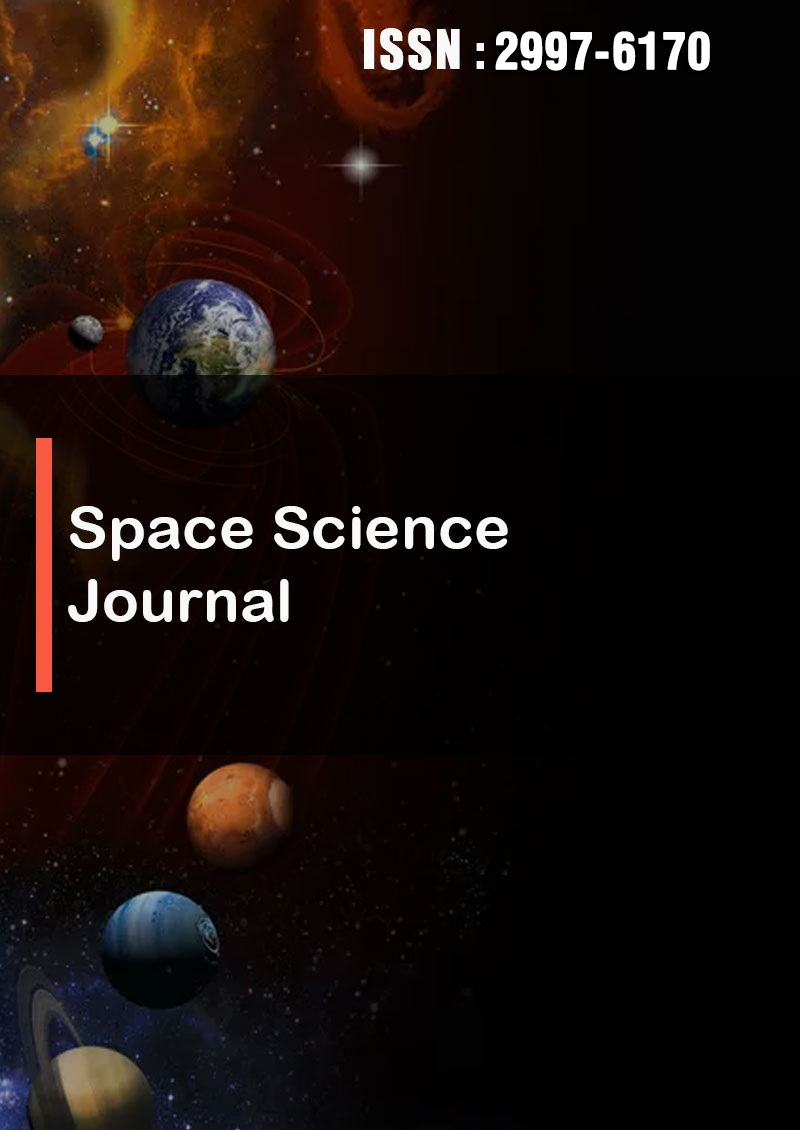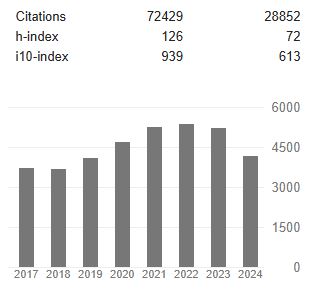Morphometric Response of Peas (Pisum Sativum) Using Human Urine-Based Fertilizer and Polychromatic Light Source Under Lunar Regolith Condition
Abstract
Anthony E. Amores and Joseph R. Pentason
The use of human urine-based fertilizer and artificial light source have garnered interest due to its potential for sustainable agri- culture, particularly in challenging environments such as lunar regolith. This study evaluates the efficacy of urine-based fertilizer and polychromatic light source on the growth of pea plants (Pisum sativum) in mixed earth and lunar soil conditions. Utilizing six plastic pots with varying soil compositions, pea plants were cultivated under controlled greenhouse conditions. Human urine diluted in tap water was applied weekly to three experimental pots, while the other three served as controls. Moreover, red and blue light were used with a grow light set on a 12/7 hour on cycle, full spectrum, and 100 percent brightness. Over a six-week pe- riod, plant growth parameters, including height, light intensity, pH, and moisture, were measured bi-weekly. The findings revealed that the experimental pots treated with urine-based fertilizer exhibited significantly higher growth rates with 50% earth soil, 50% lunar soil concentration compared to the control pots, indicating that the nutrient-rich urine effectively enhanced plant devel- opment, and polychromatic light source with a composition of 40% earth and 60% lunar soil exhibited exponential growth. The study highlights the potential of human urine as a valuable nutrient resource for lunar agriculture promoting both plant growth and sustainable resource utilization. These results suggest that integrating human urine-based fertilizers could address nutrient scarcity and support agricultural efforts in extraterrestrial environments.




